Compressing images - how to
chris_ont
18 years ago
Related Stories
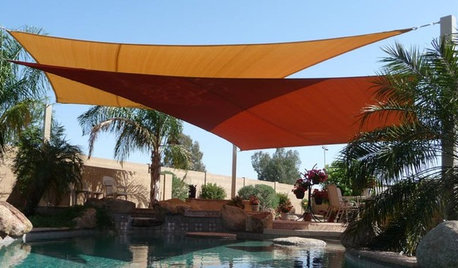
GARDENING AND LANDSCAPINGShade Sails: Outdoor Rooms Take Wing
Futuristic looking yet a terrific complement to both traditional and modern landscapes, shade sails lend a sculptural quality to patios
Full Story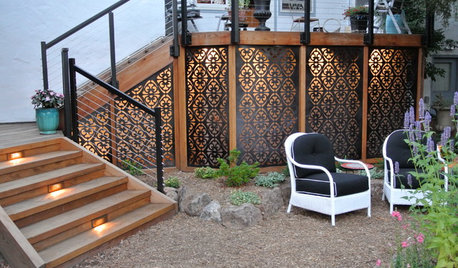
THE ART OF ARCHITECTURELaser-Cut Focus: The Future of Design Is Here
Discover how this laser technology can make almost any pattern a reality
Full Story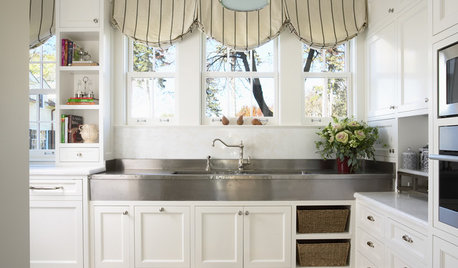
KITCHEN STYLESNew Southern Style for the Kitchen
Gracious tradition is alive and well, bless its heart, but Southern kitchens are welcoming in modern updates too
Full Story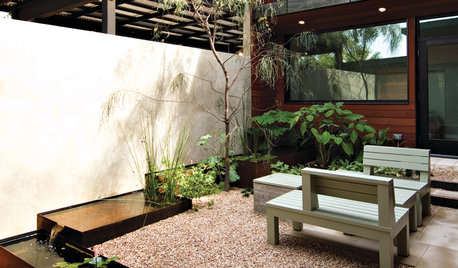
LANDSCAPE DESIGNStrike a Balance: Stuff vs. Space in the Garden
Zoom out to the big design picture before focusing on the little details, to create a garden with all the elements in balance
Full Story
GREEN BUILDINGWhy You Might Want to Build a House of Straw
Straw bales are cheap, easy to find and DIY-friendly. Get the basics on building with this renewable, ecofriendly material
Full Story
CONCRETEWhy Concrete Wants to Crack
We look at the reasons concrete has a tendency to crack — and what you can do to help control it
Full Story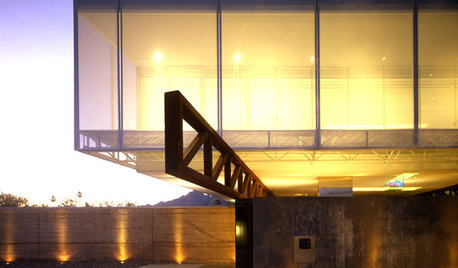
ARCHITECTUREDiscover Modern Architecture's Appeal
Do modernism's 'cold' expanses make you hot under the collar? This reasoning may change your mind
Full Story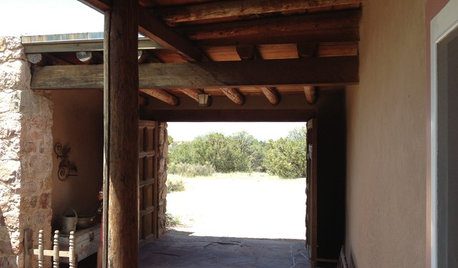
ARCHITECTUREDesign Detail: Enter the Zaguan
Never heard of a zaguan? You're not alone. Learn about this traditional Southwestern entry portal and see some contemporary examples
Full Story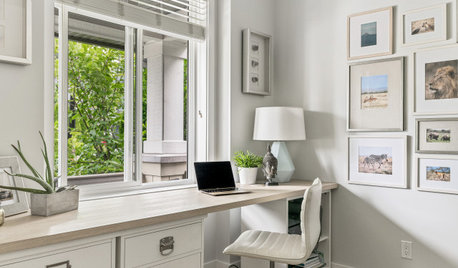
ORGANIZING7-Day Plan: Get a Spotless, Beautifully Organized Home Office
Start your workday with a smile in a home office that’s neat, clean and special to you
Full Story


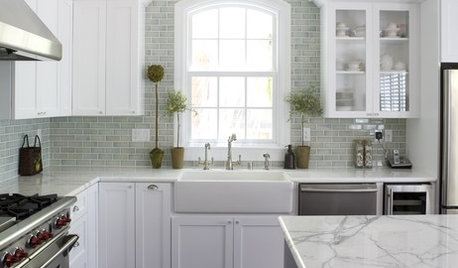
rosemariero
Herb
Related Discussions
How do you install a compression coupling?
Q
compression
Q
Dropped Compression on 1 Cyl
Q
Briggs OHV - Valve Adjust & Compression Release - Hard Start
Q
shrubs_n_bulbs
chris_ontOriginal Author
shrubs_n_bulbs
cheerpeople
iris_gal
jeff_al
ahmed emad